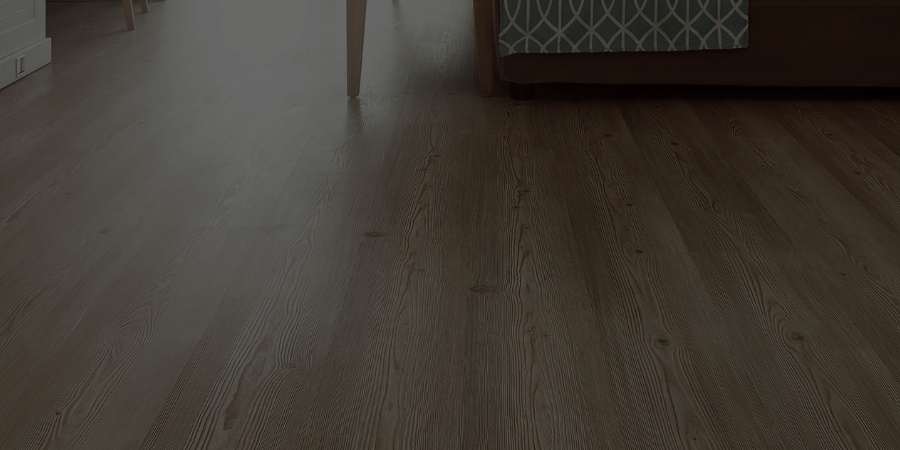Incorporating heated flooring systems into your home can transform your living space into a cozy haven, especially during the colder months. This modern luxury not only enhances comfort but also adds value to your property. In this blog post, we’ll explore the various aspects of heated flooring systems, their benefits, and how you can seamlessly integrate them into your home in Prosper, TX.
Heated flooring systems provide an efficient and luxurious way to keep your home warm. By understanding the different types of systems and their installation processes, you can make an informed decision that best suits your needs and budget.
Understanding Heated Flooring Systems
Types of Heated Flooring Systems
Electric radiant floor heating uses electric cables or mats installed beneath the floor to generate warmth, providing a cozy and evenly heated surface. Hydronic radiant floor heating, on the other hand, utilizes hot water tubes embedded in the floor to distribute heat efficiently, making it a popular choice for larger spaces. Air-heated radiant floors, though less common, use air as the heat transfer medium, offering an alternative method for heating, though typically less efficient than the other systems. Each type of radiant floor heating has its own advantages, depending on the specific needs of the space.
Benefits of Heated Flooring Systems
Radiant floor heating offers significant energy efficiency by reducing heat loss, making it more effective than traditional heating methods. It provides consistent and even warmth throughout the space, eliminating cold spots and enhancing overall comfort. Additionally, radiant floor heating contributes to a clean and uncluttered aesthetic, as it eliminates the need for visible radiators or vents, allowing for a more streamlined and modern appearance in your home.
Suitability for Different Rooms
Radiant floor heating is especially beneficial in bathrooms, where it keeps cold tiles warm and comfortable, making early mornings more pleasant. In kitchens, it adds an extra layer of comfort, ensuring that the space remains cozy while you cook, dine, and entertain. The warmth underfoot makes the kitchen more inviting, encouraging people to gather and linger. In living areas, radiant floor heating transforms the room into a warm, welcoming environment ideal for family gatherings and relaxation. By providing consistent, gentle heat, it enhances the overall comfort and ambiance of these key spaces in your home.
Installation Process
Preparation and Planning
When installing radiant floor heating, start by assessing the subfloor to ensure it is suitable for the chosen heating system. The subfloor must be in good condition and compatible with the installation requirements of either electric or hydronic systems. Next, carefully design the layout by planning the placement of heating elements to avoid areas under permanent fixtures like cabinets or appliances, ensuring efficient heat distribution where it’s most needed. Finally, accurately calculate the materials required, including the exact amount of heating cable or tubing, to ensure complete and effective coverage of the intended area. Proper planning in these steps is crucial for a successful installation.
Installing Electric Radiant Floor Heating
Begin by laying the heating mats securely on the subfloor, ensuring they are properly attached and positioned according to your layout plan. Once in place, connect the mats to the thermostat to allow for easy temperature control. After installation, it’s essential to test the system by checking the resistance and continuity of the heating elements, ensuring everything functions correctly before covering them. Finally, install the final flooring material over the heating system, whether it’s tile, wood, or another option, making sure it’s compatible with radiant heating. This careful process ensures a reliable, efficient, and comfortable radiant floor heating system.
Installing Hydronic Radiant Floor Heating
When installing a hydronic radiant floor heating system, begin by laying the tubing and embedding it in a concrete or gypsum layer. This helps secure the tubing and ensures even heat distribution throughout the floor. Next, connect the tubing to the home’s boiler system, integrating it into your existing heating infrastructure. This step is crucial for providing the hot water needed to warm the floors. After installation, test and balance the system to ensure it is functioning correctly and efficiently. Proper balancing ensures consistent heating across the entire floor and optimal performance of the system.
Cost Considerations
Initial Installation Costs
When choosing a radiant floor heating system, consider the cost differences between the types. Electric systems are generally less expensive to install, making them an attractive option for smaller spaces or specific areas like bathrooms. However, they may have higher operating costs over time due to electricity rates. Hydronic systems, while having higher upfront installation costs, tend to be more cost-effective in the long run, especially for larger areas or whole-home heating, as they use heated water to distribute warmth efficiently. Air-heated systems are rarely used, as they are inefficient and come with high operational costs, making them the least practical choice among the options.
Operating Costs
When considering radiant floor heating, it’s important to factor in electricity usage, which will vary depending on the size of the heated area and local electricity rates. Larger spaces and higher rates can significantly impact overall operating costs for electric systems. For hydronic systems, you’ll need to account for the cost of heating water, which depends on your energy source and efficiency of the boiler. Additionally, maintenance expenses should be considered; regular maintenance, such as checking connections and system performance, can help extend the lifespan of the heating system and ensure it operates efficiently over time. Proper upkeep is essential for long-term cost-effectiveness and reliability.
Return on Investment
Radiant floor heating offers several benefits that can make it a worthwhile investment. Energy savings are significant, as reduced heating bills over time can offset the initial installation costs. Additionally, installing heated floors can increase your property value, making your home more attractive to potential buyers. Beyond these financial considerations, radiant floor heating provides exceptional comfort and convenience, offering a luxurious and evenly distributed warmth that enhances the overall living experience. These intangible benefits contribute to a more enjoyable and pleasant home environment.
Common Questions Answered
Q1 Can heated floors be installed in existing homes?
A1 Yes, both electric and hydronic systems can be retrofitted into existing homes with proper planning and installation.
Q2 Are heated floors safe for children and pets?
A2 Absolutely. Heated floors are safe and provide a comfortable surface for children and pets to play on.
Q3 How long does it take to install a heated flooring system?
A3 The installation time varies depending on the system type and the area size. Typically, it can take a few days to a week.
The Impact of Energy Efficiency
Energy efficiency is a significant factor when considering heated flooring systems. These systems can reduce overall energy consumption by providing consistent and even heating, which minimizes the need for additional heating sources. This efficiency not only lowers energy bills but also contributes to a more sustainable and eco-friendly home.
Seeking Expert Advice
While installing heated flooring systems can be a DIY project, seeking professional advice and assistance is highly recommended. Experts can provide valuable insights into the best system for your home, ensure proper installation, and help you avoid potential pitfalls. Consulting with professionals can also guarantee that your system operates efficiently and safely for years to come.
Conclusion
Incorporating heated flooring systems into your home is a smart investment that enhances comfort, energy efficiency, and property value. By understanding the different types of systems, their installation processes, and cost considerations, you can make an informed decision that best suits your needs. Whether you’re looking to retrofit an existing home or planning a new build in Prosper, TX, heated flooring systems offer a luxurious and efficient solution for maintaining a warm and inviting living space year-round. For the best results, consider seeking professional advice to ensure a seamless and effective installation.
Visit us at Pristine Luxury Remodeling
For more information and personalized guidance visit us at Pristine Luxury Remodeling, We specialize in providing exceptional remodeling services that elevate your space into a masterpiece of luxury.







